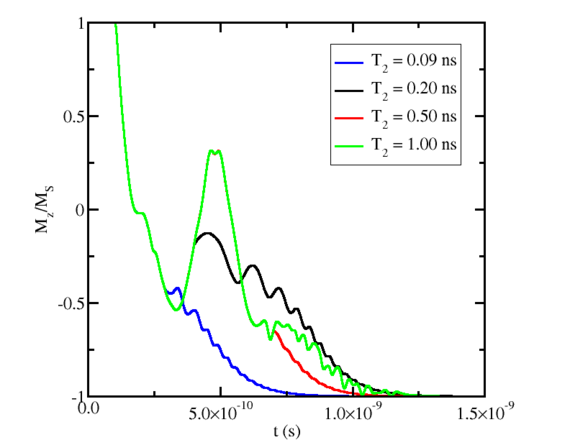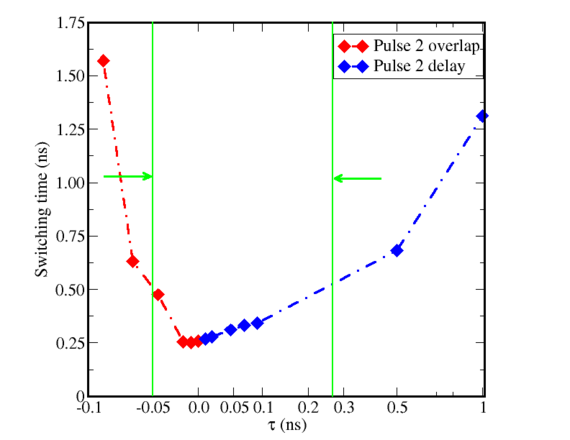 |
|
Biography
Roberto Lacerda studied electrical engineering at the University of Campinas (Unicamp), where he received a Bachelor degree in 2004 and a Master degree in 2006. He joined the Institute for Microelectronics in October 2006, where he received his doctoral degree in 2010 and worked as a post-doctoral researcher until 2013 focused on modeling and simulation of electromigration and reliability issues in interconnects of integrated circuits. From 2014 to 2018 he was Assistant Professor at the Faculty of Electrical and Computer Engineering of Unicamp. In October 2018 he rejoined the Institute for Microelectronics as a research scientist on non-volatile magnetic memory devices.
Robust Magnetic-Field-Free Switching of the Perpendicular Magnetic Free Layer in SOT-MRAM
Spin-transfer torque magnetic RAM is fast, possesses high endurance and has a simple structure. It is compatible with CMOS technology and can be straightforwardly embedded in circuits. However, the switching current required in order to operate at a speed faster than 10 ns is fairly high. These large current densities flowing through the magnetic tunnel junctions lead to oxide reliability issues that in turn reduce the MRAM endurance.
Spin-orbit torque assisted switching of a free layer (FL) is promising, because it combines non-volatility, high speed and high endurance. In this memory cell, the magnetic tunnel junction's (MTJ) free layer is grown on a material with a large spin Hall angle. The relatively large switching current passes through a heavy normal metal (NM) wire on which the FL is grown. The write current does not flow through the MTJ, while a much smaller read current is applied through the MTJ. Since the large write current does not flow through the oxide in the MTJ, this prevents damaging of the tunnel barrier and improves device reliability.
The structure consists of a perpendicularly magnetized FL grown on top of a heavy metal wire (NM1). Another heavy metal wire (NM2) lies on top of the FL. Fast, deterministic and magnetic-field-free switching of the perpendicularly magnetized rectangular recording layer can be achieved by employing two orthogonal current pulses running through the two heavy metal lines NM1 and NM2. Deterministic switching occurs for a large range of pulse durations, as shown in Fig. 1. The effect of the pulse synchronization on the device's switching time is visualized in Fig. 2. It shows that sub-500 ps, switching can be achieved for a large confidence window of time delays (positive or negative) between the two pulses. Thus, the two-pulse scheme is extremely robust to fluctuations of both the pulse duration and the pulse delay, which proves that the scheme is suitable for practical implementation.

Fig. 1: Magnetization switching dynamics for several pulse durations.

Fig. 2: Switching time as a function of the delay between pulses.



